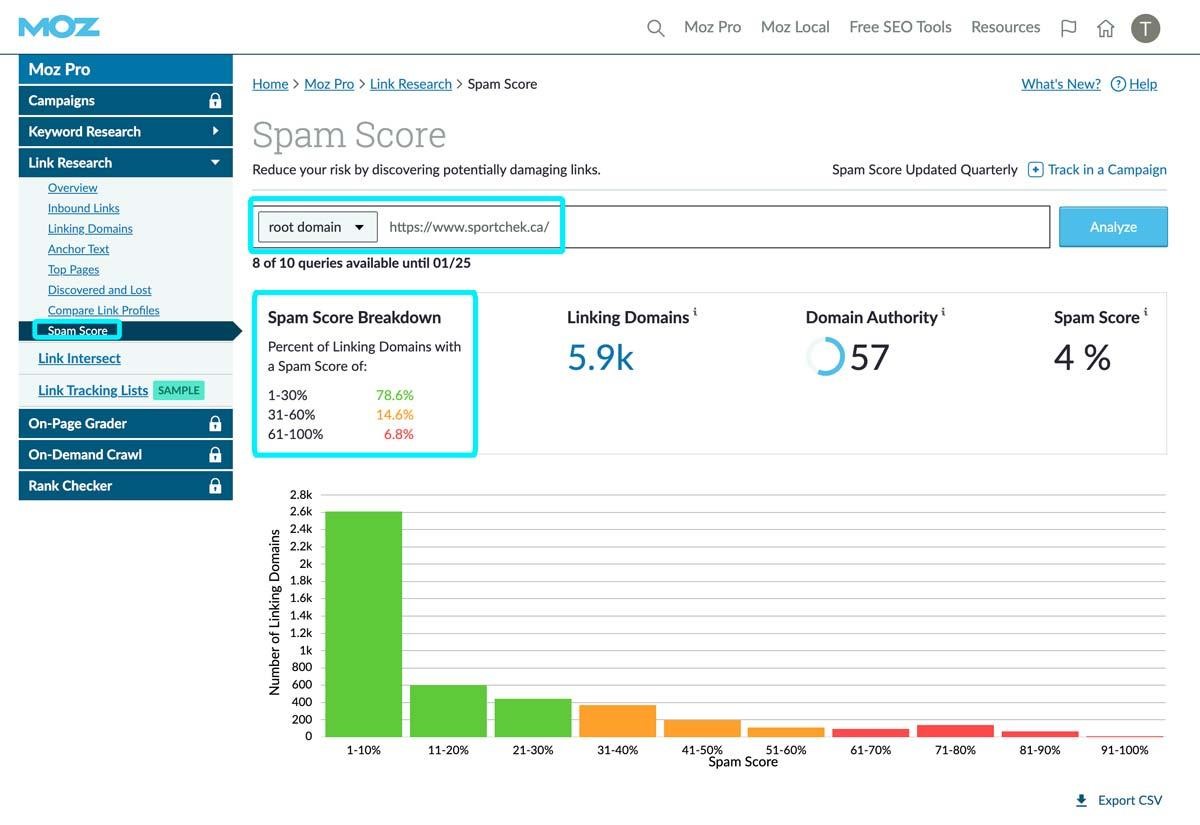3 SEO Backlink Audit Tips Every Company Should Use

A backlink refers to a link from an external website to another website. For example, if website A includes a link on its website which links to website B, the link is considered a backlink for website B. The number of backlinks a website earns remains a top factor in search ranking. The more quality backlinks (links that are from authentic, credible websites such as university websites or local chamber of commerce sites) a website earns, the more likely that the website will rank higher on search results.
A backlink audit evaluates all external links pointing to a website, identifies the good and bad links, develops a strategy for optimizing your backlinks, and compares your backlink performance with other websites in your industry. Engaging in this backlink analysis helps you find out areas where you can improve your search ranking.
Use these three backlink audit tips to assure that you’re earning a competitive number of quality backlinks:
Comparing your backlinks to your competitors’
The first step of a backlink audit is to check the number of backlinks your website has in comparison to your competitors’. SEMRush is a great tool for this. SEMRush is a tool that shows different SEO stats, such as the number of backlinks a website has or keywords a website is ranking for. To see the SEO stats for a particular website, go to SEMRush and enter the website URL in the search bar.

Identify the quality of your backlinks
Not all backlinks are the same. Backlinks from high authority websites such as established online publications or business group websites are good backlinks. Backlinks from low-credibility websites such as spam websites are bad. You can check the types of backlinks your website has by entering your URL in SEMRush or go to your Google Search Console account and download all your links. You can check whether a website is a poisonous website by using Moz Link Explorer’s Spam Score feature (subscription required).

A Spam Score indicates how spammy a website is perceived to be. Spam Score is based on Moz’s machine learning model which identified 27 common features among the millions of banned or penalized sites in the data we fed it.
- A score of 1%-30% is considered a Low Spam Score.
- A score of 31%-60% is considered a Medium Spam Score.
- A score of 61%-100% is considered a High Spam Score.
A high Spam Score for a site doesn’t mean the site is necessarily spam. It’s a sign that you should do some more investigation into the quality and relevance of this site. If you find out that one of your website’s backlinks is indeed spam, you can disavow it in order to protect your rankings. We’ll cover disavowing a backlink in the next section.
Disavow bad links
Once you’ve identified bad links linking to your website, you can disavow them, which means disconnecting any associations of those links with your website. The external links will still link to your website, but Google will understand that there’s no association between those external links and your website, and those external links will not affect your search ranking.
To disavow backlinks, go to your Google Search Console account, go to the disavow links tool page, and upload a list of backlinks you want to disavow. You can find steps for disavowing links at Google’s Search Console Help guideline.
The number of quality backlinks a website has remains a vital component of a website’s search ranking. Quality backlinks indicate to Google that a website is credible and authoritative, and Google will rank the site accordingly in its search results. Conversely, spammy or low-quality backlinks negatively impact a website’s search ranking. By performing a backlink audit using the steps above, you can compare the number of backlinks your website has with your competitors’, identify good and poor backlinks, and disavow poor backlinks from your website. Engaging in this backlink audit helps to determine areas of improvement that will boost your search rankings in the long run.
Original content published on BCAMA.

